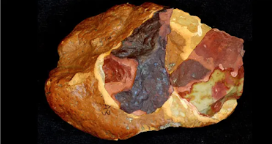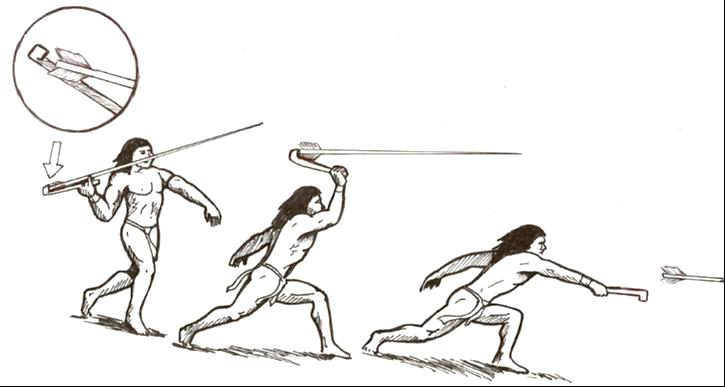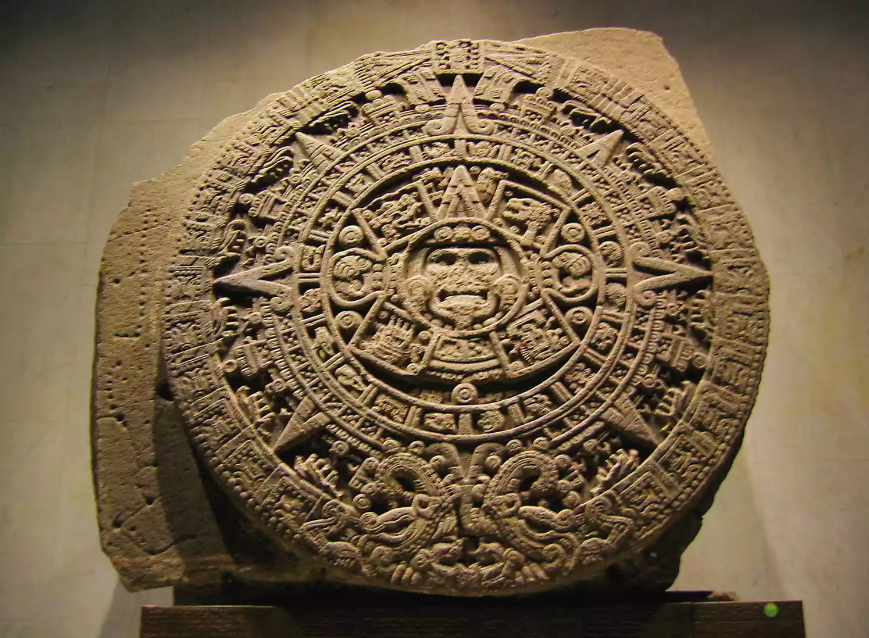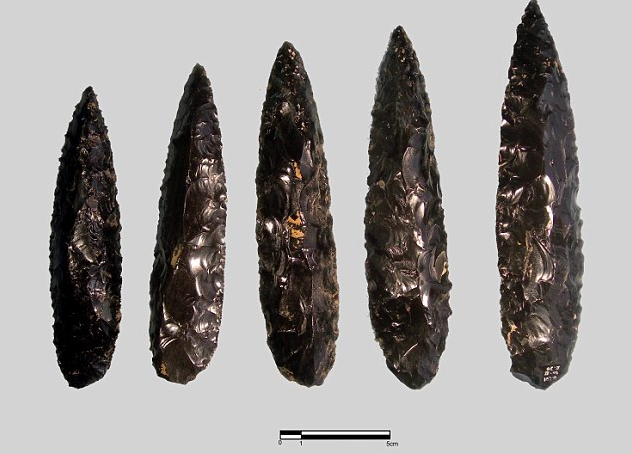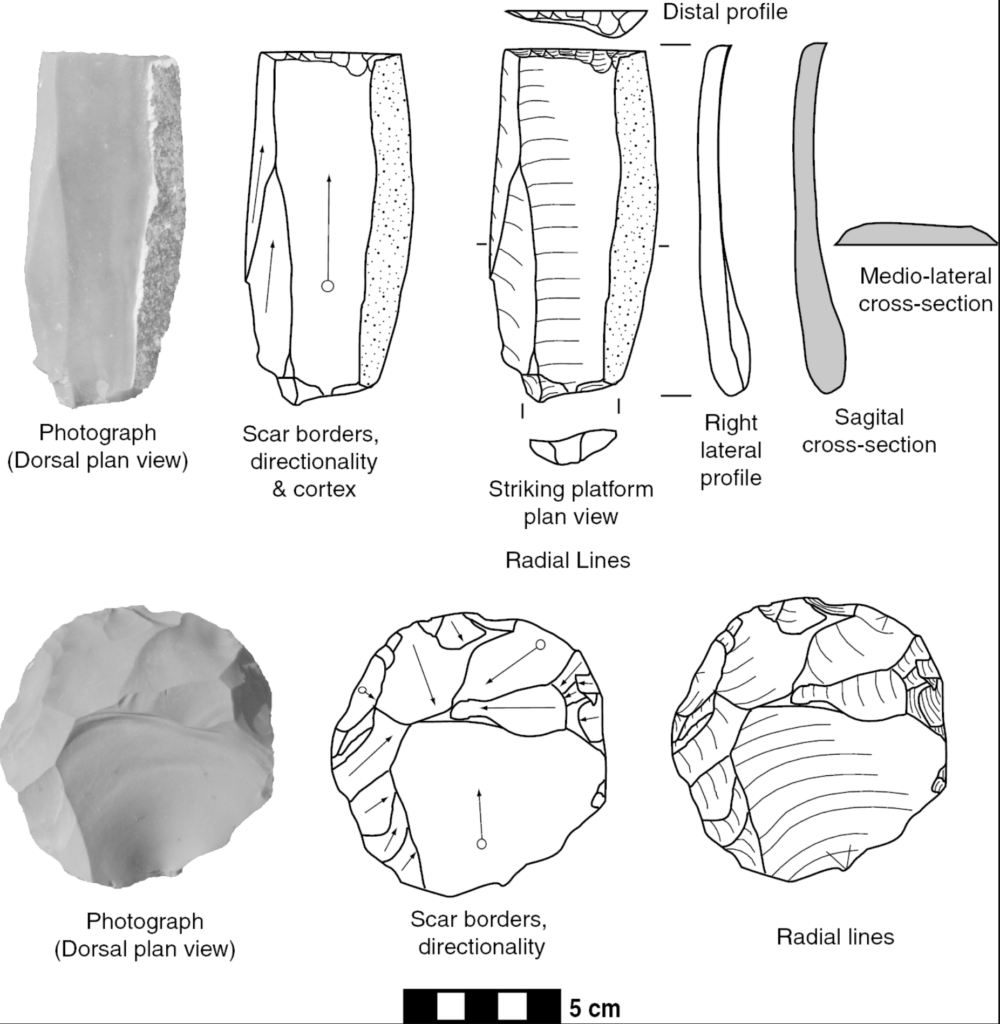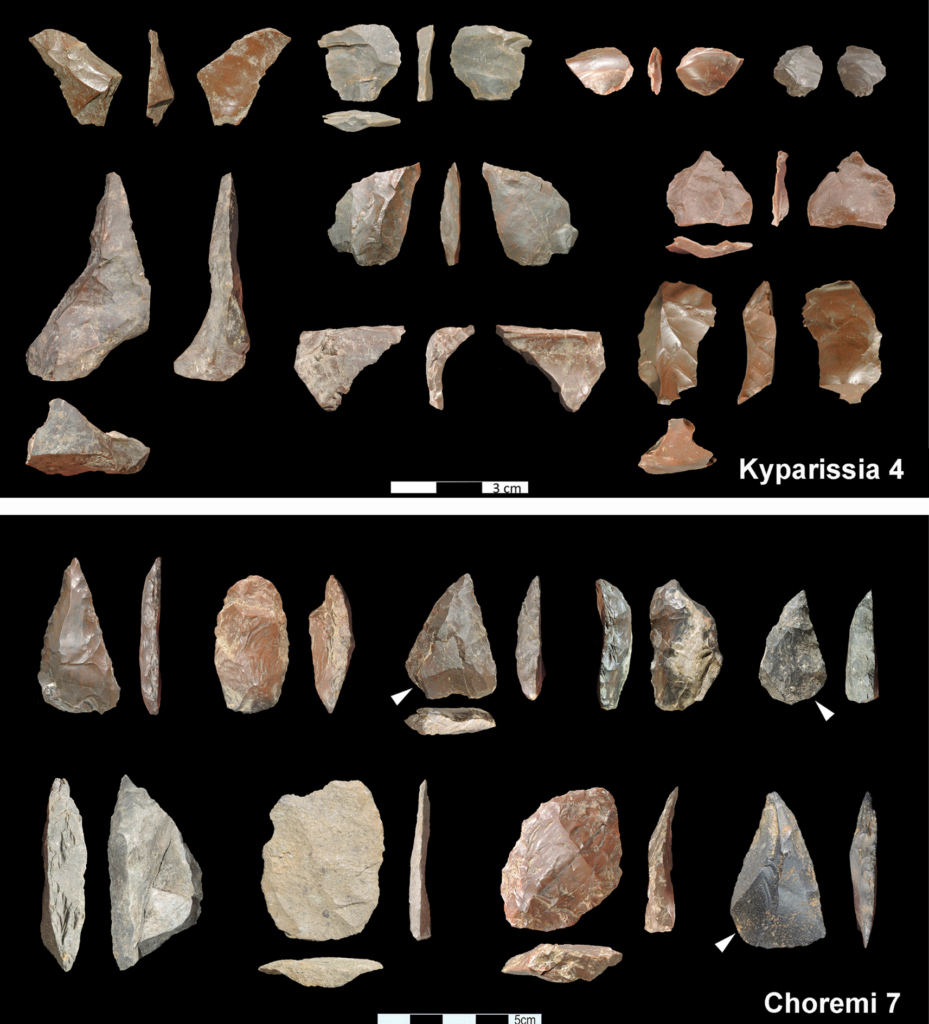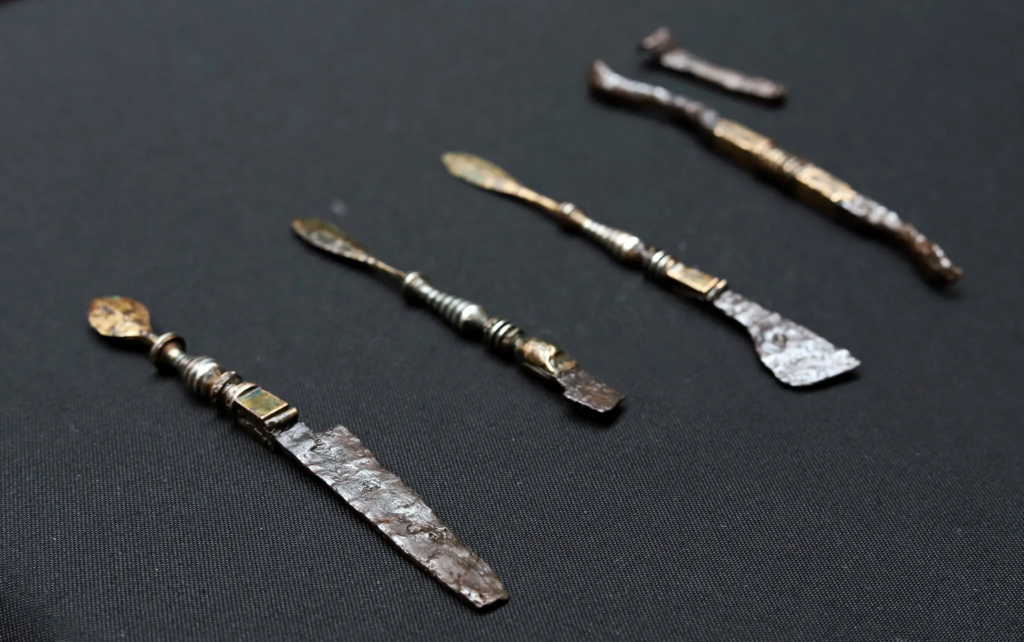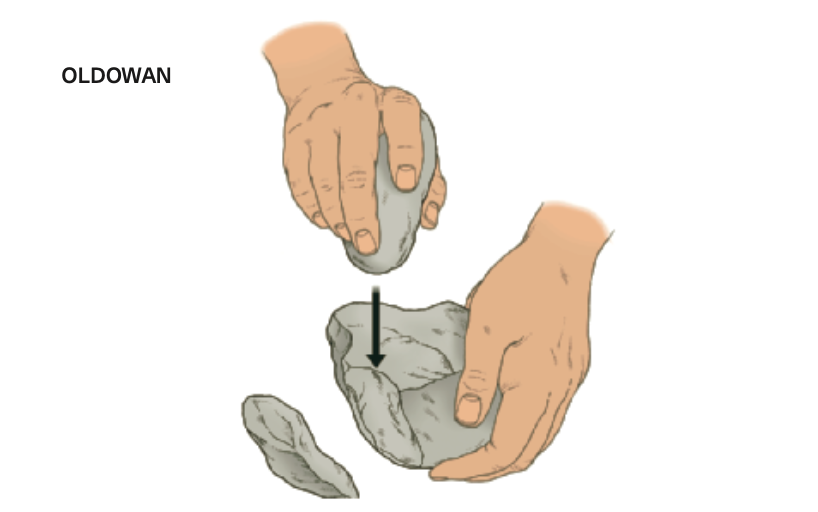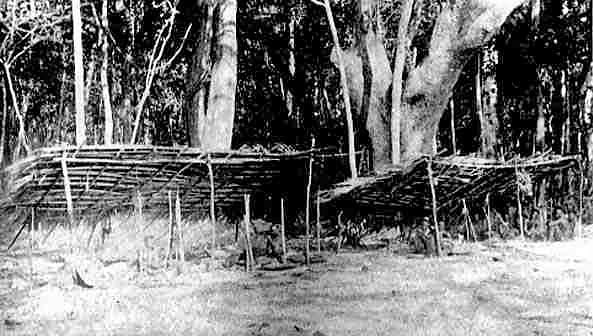Santorini, otherwise known as Thera, is one of the Greek Cycladic Islands. On it lies Akrotiri, a Greek Bronze Age settlement (Marinatos 1980, 15). Like Pompeii, Akrotiri was destroyed and preserved by a volcano, but unlike Pompeii the city was not covered in graffiti. Most of what we about Akrotiri comes from the many frescoes in its buildings. In Xeste 3, which is believed to be a ritual building, there are two frescoes that focus on saffron: the Mistress of Animals and Saffron Gatherers Fresco (figure 1) and the Adorants Fresco (figure 2). The representation of Saffron in these frescoes shows its ritual importance, likely a result of its usefulness as a dye and medicine (Day 2011, 364).
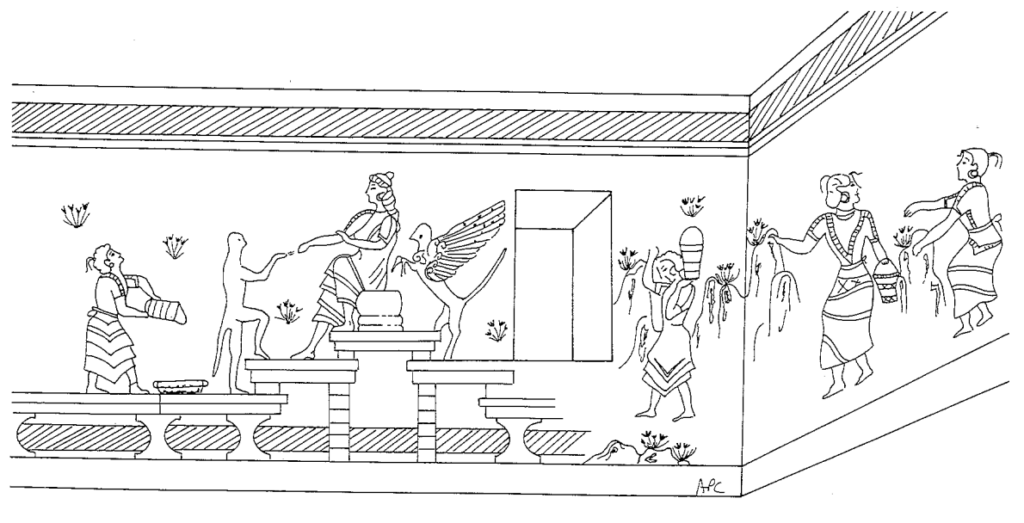
Both Frescoes represent coming of age rituals. In the Mistress of Animals and Saffron Gatherers fresco, two saffron gatherers pick crocus flowers while a third girl pours the gathered flowers in front of a goddess known as ‘the Mistress of Animals’. She is attended by two exotic pets: a griffin and a blue monkey, who offers her processed flower stamens (Chapin 2002, 8). The fresco includes girls of different ages, indicated by their differing hair growth, which implies that girls participated in the ritual for consecutive years (Davis 1986, 399). After participating, girls would grow out their hair, which was a symbolic end of childhood, marking an entrance into adulthood. This ritual could have been used to acculturate girls into their future roles as women, possibly as wives and mothers. Many of the girls in the Saffron Gatherers fresco are in the beginning stages of puberty. Then, saffron was commonly used to induce abortion and provide menstrual relief (Chapin 2002, 24). The presence of saffron in this ritual could be part of a tradition of teaching girls how to take care of their bodies as women.
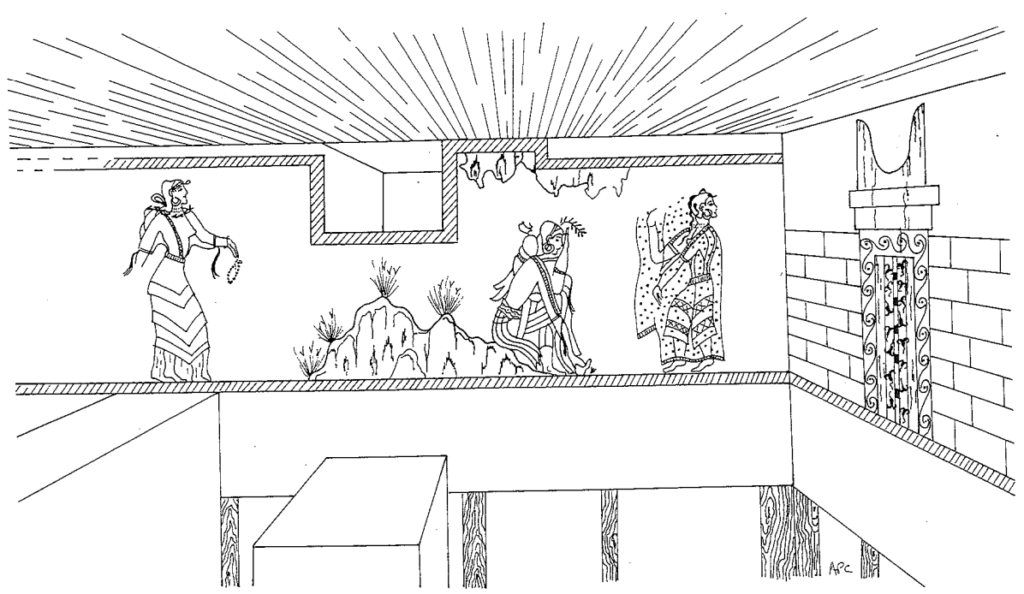
In the Adorants fresco, a teenage girl known as the ‘Wounded Woman’ weeps with a bloodied foot. Next to her foot is a detached crocus flower. To the right of the Wounded Woman is a veiled girl, whose veil is saffron-colored and decorated with red dots that likely represent carnelian beads, though it has been conjectured to be splattered blood (Bowers 2021, 18). The fresco appears to center around the Wounded Woman. Chapin estimates her to be around 14-17 years old. Her wound is one of the most controversial aspects of the fresco. Some interpret it to be a representation of childbirth, others the breaking of the hymen, but Chapin believes it to be representative of the Wounded Woman’s first period (Chapin 2002, 16-19). Regardless of the interpretation, all seem to revolve around some sort of coming-of-age process.
The Saffron Gatherers ritual marked an entrance into womanhood, while the Adorants fresco was a representation of a young woman experiencing the pain of womanhood. The inclusion of saffron in these frescoes tells us about the nature of these rituals. The fact that saffron was used in these frescoes indicates its importance to their culture.
To learn more about frescoes from Akrotiri, read:
Morgan, Lyvia. 2005. “New Discoveries and New Ideas in Aegean Wall Painting.” British School at Athens Studies 13: 21-44.
Warren, Peter. 1979. “The Miniature Fresco from the West House at Akrotiri, Thera, and Its Aegean Setting.” The Journal of Hellenic Studies 99: 115-29.
To learn more about women at Akrotiri, read:
Suzanne Peterson Murray. 2004. “Reconsidering the Room of the Ladies at Akrotiri.” XAPIS: Essays in Honor of Sara A. Immerwahr. Hesperia Supplements 33: 101-130.
References:
Bowers, Madeline. 2021. “Lifting the Veil: Marriage and Mortality in the Xeste 3 Lustral-Basin Frescos at Akrotiri.” Mediterranean Archaeology 34/35: 15-26.
Chapin, Anne. 2002. “Maidenhood and Marriage: The Reproductive Lives of the Girls and Women from Xeste 3, Thera,” Aegean Archaeology 4: 7-25.
Davis, Ellen N. 1986. “Youth and Age in the Thera Frescoes.” American Journal of Archaeology 90 (4): 399-406.
Day, Jo. 2011. “Crocuses in Context: A Diachronic Survey of the Crocus Motif in the Aegean Bronze Age”. Hesperia: The Journal of the American School of Classical Studies at Athens 80 (3): 337-379.
Marinatos, Nanno. 1980. Santorini. Athens: D.& I. Mathioulakis.





